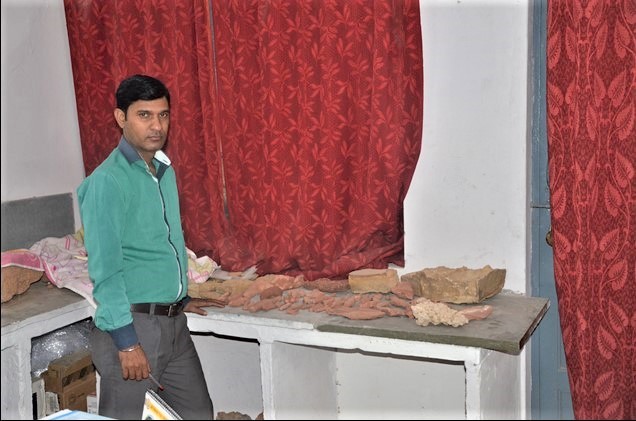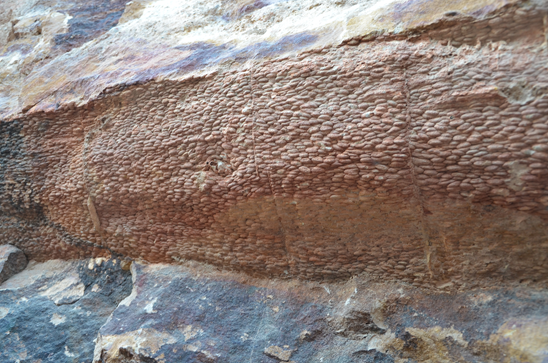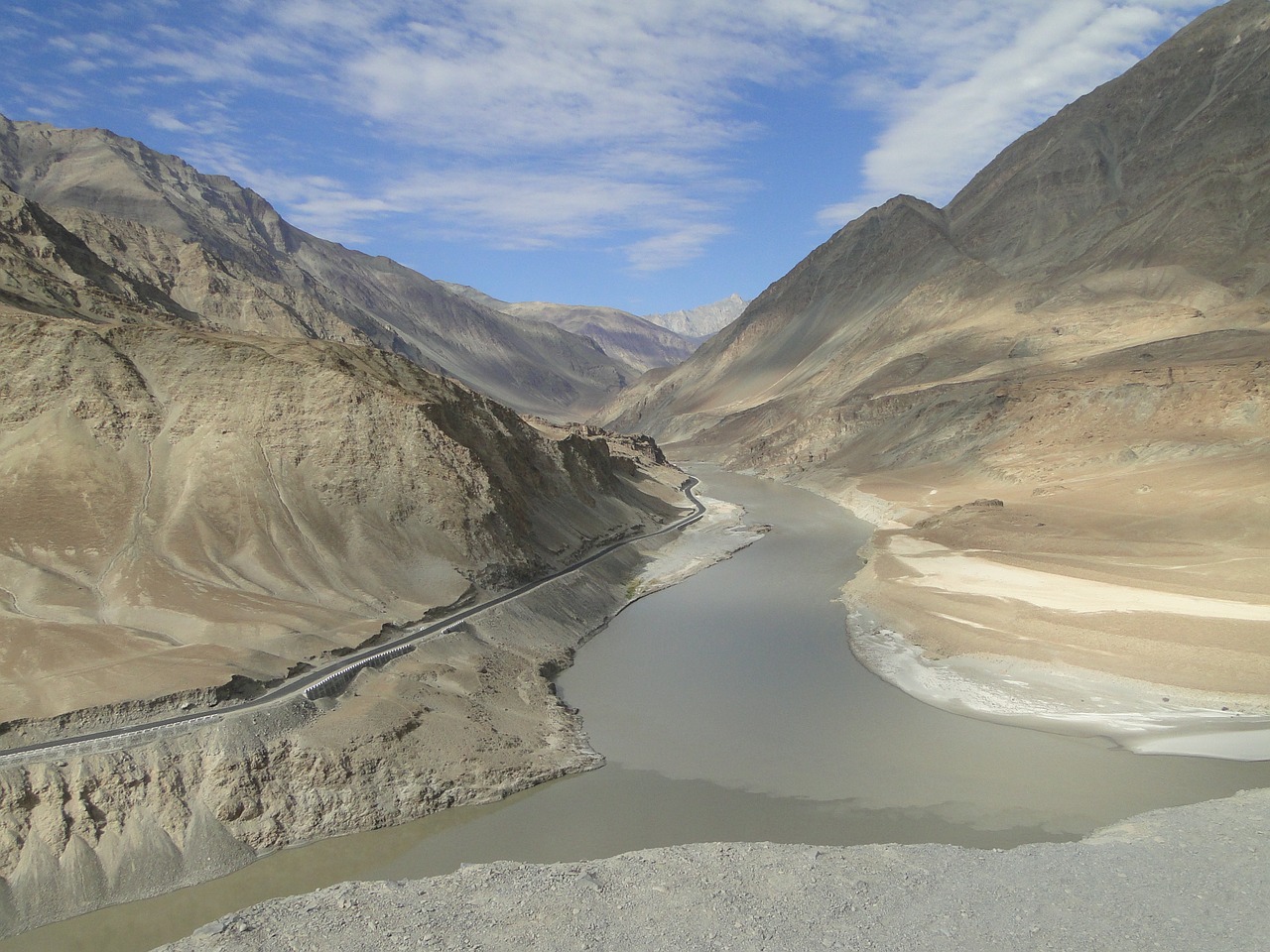
Thar Desert Was Once Ever Tropical Forest, New Fossil Discovery Reveals
- News
- 1.8K
Western Rajasthan in the present age is well known for the Thar Desert. But this was not the case in the past. Indian researchers have discovered a set of rare wood boring trace fossils in Barmer region which reveal that this area was under tropical forest and even had vast river network 55 million years ago.

Dr V. S. Parihar with the specimen of trace fossils in the laboratory
A team of researchers from Jai Narain Vyas University, Jodhpur have found mayfly insect fossils. The rare almond-shaped ‘trace fossils’ of Asthenopodichnium lignorum and J-shaped fossils of Asthenopodichnium lithuanicum have been discovered for the first time in India in the Barmer sandstone formations.
Fossils are preserved remains impressions or traces of any past living organisms. These are records of the evolutionary process. Trace fossils are non-body remains, which indicate the activity or behaviours of organisms like tracks, trail, impressions, burrows, borings for resting, locomotion and respiration etc. Mayflies are relatively primitive insects having delicate transparent wings and two or three long filaments on the tail. Mayflies live close to water, where their aquatic larvae develop, whose presence is an indicator of the clean and unpolluted environment.

Trace fossils in a section at Barmer, western Rajasthan
“These trace fossils are indicators of fluvial freshwater environment and tropical climate, and clearly endorse that large part of western Rajasthan was under tropical forest 55 million years ago” Dr V S Parihar, a member of the research team, told India Science Wire. The results of the study have been published in journal Current Science.
The length of trace fossils found in the western Rajasthan ranges from a few millimetres to three centimetres, and they are loose to tightly packed traces. These were shelter houses of mayfly nymphs or larvae living in a colony in wood logs or woody stems. The trace fossils are well preserved in 10-20-centimetre-thick and about 0.3-1.2-meter-long wood logs in fine-grained sandstones of a 50-meter-thick section.
According to the researchers, these trace fossils and structures are found in the clusters of millions of iron rinds preserved in Barmer sandstone formation. This sandstone formation is about 66 to 59.2 million years old (Palaeocene age) formation – a period just after the extinction of dinosaurs – in western Rajasthan at Gehun hills near Barmer.
Dr S.C. Mathur, senior researcher and team leader explained “the tropical region around the world has the highest diversity of life, but we know very little about tropical biodiversity in the past. Barmer Basin was a mega bio-diversity region of the world in Palaeocene time. Our team has discovered many fossils of dinosaurs, fishes, turtles, crocodiles, gastropods and many trace fossils in last one decade from various sandstone formations of Cretaceous-Paleocene age from western Rajasthan. These findings tell us that the tropics were full of life and diversity even millions of years ago”.
These trace fossils are significant to ascertain how life was started and evolved after the mass extinction of species including dinosaurs at the end of Cretaceous period around 65 million years ago. This research also illustrates the evidence of fluvial freshwater palaeo-environment and tropical palaeo-climate indicating the presence of tropical forest and huge rivers network.
Scientists say the wood boring trace fossils of mayfly are rare and intact. These findings could help to unfold the past climate changes and track how the mayfly physiologically modified. It will also facilitate to understand that how this particular tropical region converted into the present Thar Desert region over the time.
The research team included S. C. Mathur, N. S. Shekhawat, S. L. Nama, C. P. Khichi, A. Soni, Saurabh Mathur and V. S. Parihar. (India Science Wire)
By Dr Ravi Mishra
For the latest Science, Tech news and conversations, follow Research Stash on Twitter, Facebook, and subscribe to our YouTube channel


